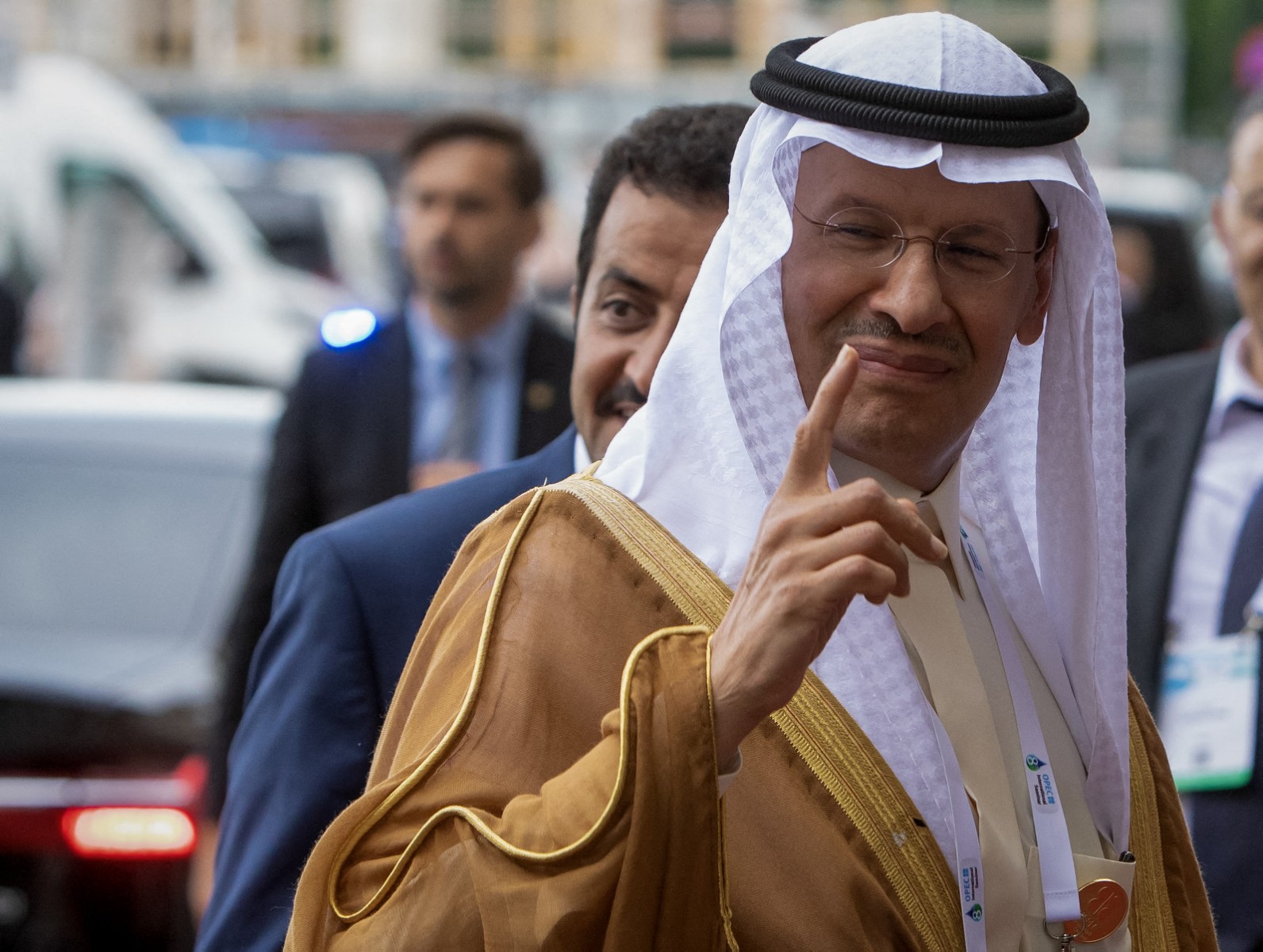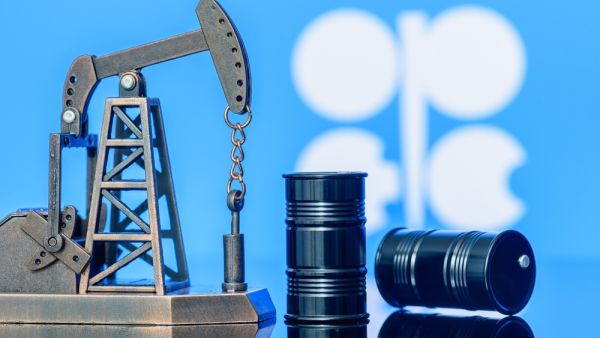ALBAWABA – Oil prices steadied on Tuesday and the US Dollar held on to most its overnight gains as the Organization of Petroleum Exporting Countries and its allies (OPEC+) scrambles to reach a consensus over additional output cuts.
The US dollar slipped slightly against the Japanese yen, which has strengthened to 146.79 against the greenback, from 147.19 on Monday, according to Agence France-Presse (AFP).
Across the Atlantic, the US dollar gained against both the Pound Sterling and the Euro. The Euro lost $0.0032, down from $1.0839 to $1.0807, and the Pound slipped from $1.2632 to $1.2614.
Meanwhile, Bloomberg’s US Dollar Index Spot was down 0.03 percent by 1229 Amman Time, at 103.6860, as oil prices edged up slightly.
Brent crude futures ticked down $0.01 to $78.02 a barrel by 0402 GMT, according to Reuters, while West Texas Intermediate (WTI) crude futures were up $0.05 at $73.09 a barrel.
AFP reported both benchmarks up more than 0.2 percent in early trading sessions.
Brent was up 0.2 percent, at $78.22 per barrel, and the United States (US) WTI crude was up 0.3 percent, at $73.22 per barrel, according to AFP.

Typically speaking, oil prices and the US dollar share an inverse relationship, i.e. when the US dollar goes up, oil prices go down and vice versa - Shutterstock
Overall, Brent crude held above $78 a barrel, Bloomberg reported, after having by more than 6 percent in in the three sessions preceding Tuesday’s, while WTI was steady over $73.
Saudi Energy Minister Prince Abdulaziz bin Salman told Bloomberg News the additional cuts would “overcome” an expected inventory build in the first quarter.
More so, the organization may decide to carry these cuts further into 2024 if needed.
Still, OPEC+ has yet to announce a decision. An initial agreement was reported over the weekend, but the agreement was not unanimous. As a result, the decision has gone to a vote, which Saudi Arabia is advocating. But the results of the ballot have yet to be announced.

Saudi Arabia's Minister of Energy Prince Abdulaziz bin Salman gesture upon his arrival at the 8th OPEC International Seminar in Vienna on July 5, 2023 to discuss output cuts and bolster oil prices (Photo by Alex HALADA / AFP)
The decision, should the members of the organization vote in favour of, would add an additional one million barrel per day output cut, on top of another one million barrel per day cut enacted earlier this year. In addition to the voluntary cuts by Saudi Arabia and Russia, all to bolster and stabilize oil prices.
Saudi Arabia's Minister of Energy Prince Abdulaziz bin Salman reiterated, as per Bloomberg, that these cuts may very well carry beyond the first quarter of 2024, if need be.
The overall supply reduction by over 2 million bpd — about half of which are coming from Saudi Arabia — will only be reversed after consideration of market conditions, using a “phased-in approach,” he said.
Prince Abdulaziz said he would have preferred to see a reduction in output. But he couldn’t convince his Russia. Moscow has long argued that freezing weather and other geological conditions make it more difficult to curb production in the first few months of the year.









